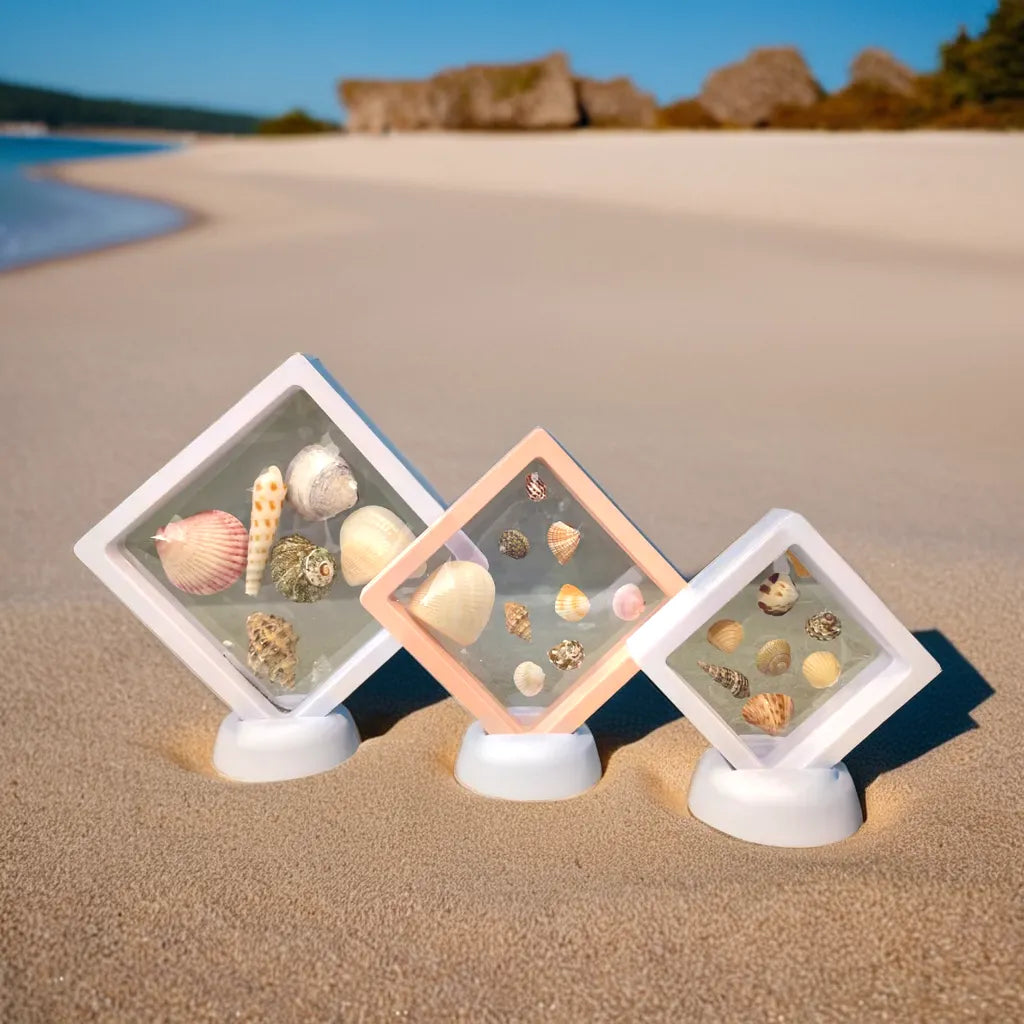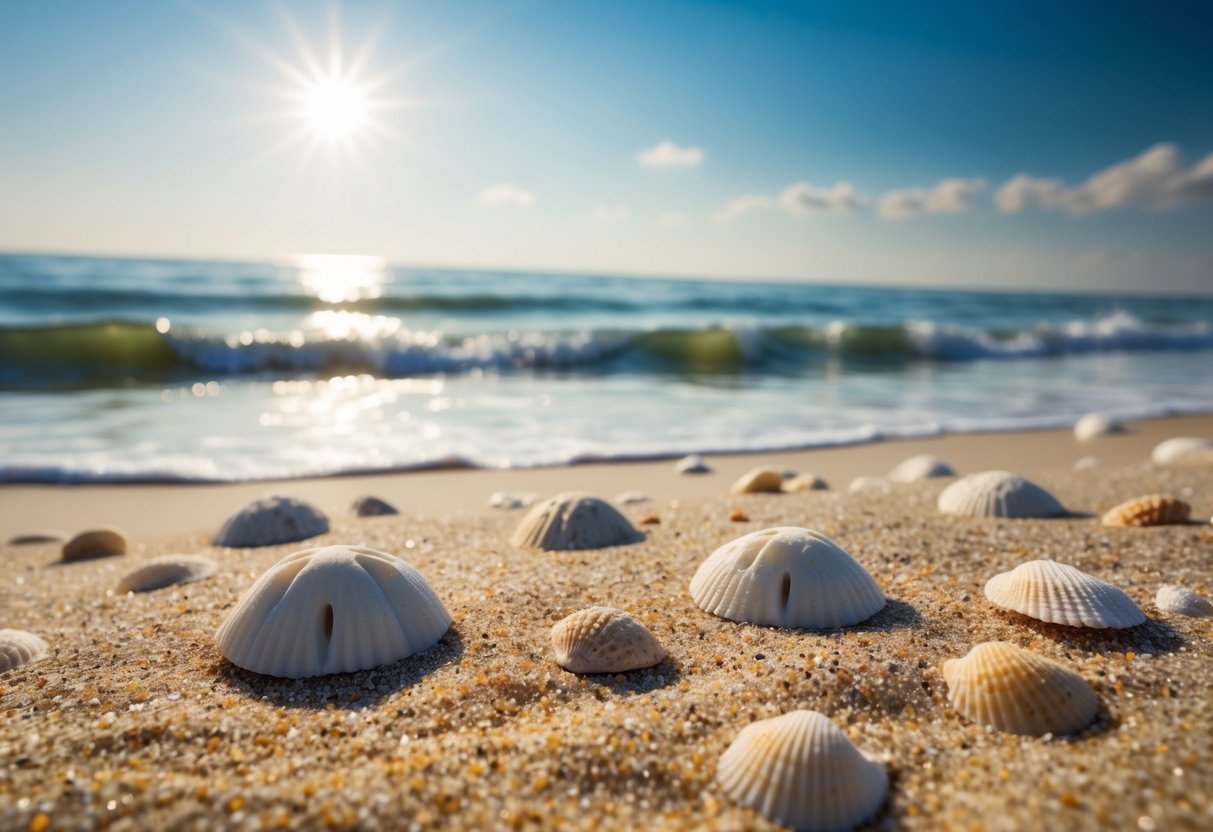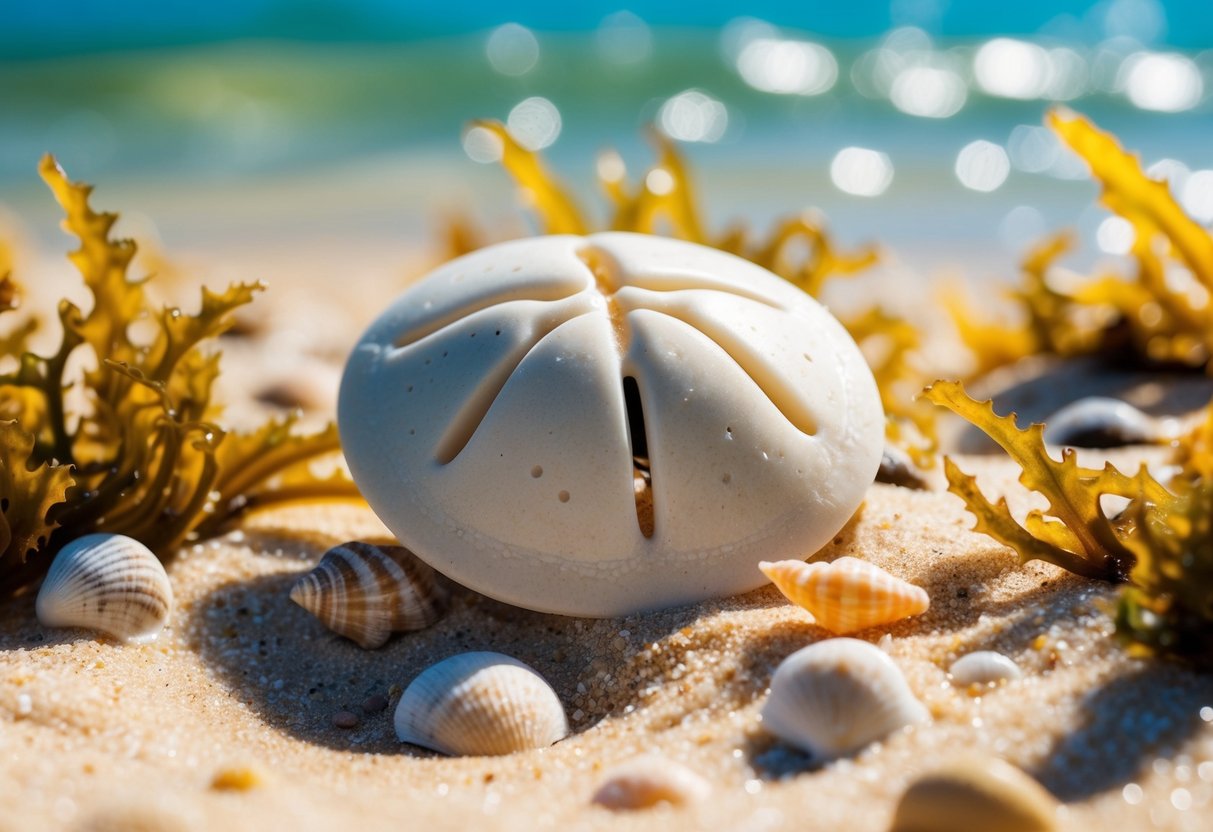Sand dollars are more than just beautiful shells found on the beach; they have intriguing reproductive habits that play a significant role in their life cycle. Sand dollars reproduce through a process called broadcast spawning, where they release eggs and sperm into the water simultaneously. This method allows for a wide dispersal of their genetic material, which is crucial for maintaining a healthy population.
These marine invertebrates are hermaphrodites, possessing both male and female reproductive organs. However, they must mate with another sand dollar to fertilize their eggs, ensuring genetic diversity within their populations. The fertilized eggs develop into free-swimming larvae that eventually settle on the ocean floor and undergo several transformations before becoming mature adults.
Understanding the reproduction of sand dollars also raises awareness about their ecological importance and the need for conservation efforts. The health of marine ecosystems depends on the survival of species like the sand dollar that plays a vital role in their habitats.
 Sand dollars are marine animals known for their unique reproductive process. They are hermaphrodites, meaning they possess both male and female reproductive organs. However, they cannot self-fertilize.
During mating, sand dollars engage in a behavior called broadcast spawning. This process occurs as follows:
Sand dollars are marine animals known for their unique reproductive process. They are hermaphrodites, meaning they possess both male and female reproductive organs. However, they cannot self-fertilize.
During mating, sand dollars engage in a behavior called broadcast spawning. This process occurs as follows:
Protecting the sandy habitats where sand dollars live is crucial. This includes managing coastal development and minimizing pollution in marine areas. Sustainable Fishing Practices
Fishing practices can harm sand dollar populations. Promoting sustainable fishing helps ensure that their natural environment remains intact. Community Involvement
Local communities play an important role in conservation. Engaging the public through education can raise awareness about the significance of sand dollars in marine ecosystems. Policy Changes
Legislation can be a powerful tool for protecting sand dollars. Implementing and enforcing policies that limit coastal development and pollution helps secure their future. Conservation Campaigns
Many organizations run campaigns to promote awareness. These campaigns can highlight the ecological importance of sand dollars and the need for their protection. By combining these strategies, conservationists aim to create a safer environment for sand dollars. Effective efforts focus on education, habitat preservation, and community involvement, fostering a better understanding of these fascinating marine animals.
Key Takeaways
- Sand dollars utilize broadcast spawning for reproduction.
- They require mating with other sand dollars for genetic diversity.
- Understanding their reproduction supports conservation efforts.
Sand Dollar Overview
Sand dollars are a type of marine animal found in shallow coastal waters. They belong to the class Echinoidea and are related to sea urchins and sea stars. These creatures are flat and disk-shaped, typically measuring about three to four inches across. Sand dollars are often seen with a light brown or gray color, featuring a pattern that resembles a flower on the top.Key Facts about Sand Dollars:
- Habitat: They live in sandy or muddy ocean floors, mainly in tropical and subtropical areas.
- Lifespan: Sand dollars can live around eight to ten years.
- Species: There are approximately 250 known species of sand dollars worldwide.
Reproductive Process:
- Gamete Release: During mating, sand dollars release sperm and eggs into the water.
- Fertilization: The sperm fertilizes the eggs to create a larva.
- Development: The fertilized larva, called a planktonic larva, eventually settles to the ocean floor and grows into an adult sand dollar.
Reproductive Biology of Sand Dollars
 Sand dollars are marine animals known for their unique reproductive process. They are hermaphrodites, meaning they possess both male and female reproductive organs. However, they cannot self-fertilize.
During mating, sand dollars engage in a behavior called broadcast spawning. This process occurs as follows:
Sand dollars are marine animals known for their unique reproductive process. They are hermaphrodites, meaning they possess both male and female reproductive organs. However, they cannot self-fertilize.
During mating, sand dollars engage in a behavior called broadcast spawning. This process occurs as follows:
- Timing: Several females and males release their eggs and sperm into the water simultaneously.
- Release: Eggs and sperm mix freely in the water column, increasing the chance of fertilization.
Reproductive Cycle
The reproductive cycle of sand dollars is an important aspect of their biology. Sand dollars can live up to 10 years and reproduce multiple times during their lifespan. Reproduction typically involves several stages:- Spawning: Adult sand dollars release eggs and sperm into the water. This usually happens during specific times of the year, often linked to environmental factors like the tide.
- Fertilization: Eggs are fertilized in the water. This process helps maintain genetic diversity among sand dollar populations.
- Larval Stage: Fertilized eggs develop into larvae. These larvae, known as pluteus, float in the water for about two weeks before settling on the ocean floor.
- Juvenile Stage: Once settled, the larvae transform into juvenile sand dollars. They begin developing their adult features, including their distinctive shape.
- Adult Stage: After several months, they reach maturity and can start the cycle again.
- Natural predators
- Climate changes
- Human activities impacting their habitat
Mating Behavior
Sand dollars have a distinctive mating behavior that relies on their environment. They use a method called broadcast spawning, followed by a unique fertilization process. This allows them to increase their chances of successful reproduction in their marine habitats.Broadcast Spawning
During certain seasons, usually spring and summer, sand dollars release their eggs and sperm into the water. This synchronized event can occur simultaneously among many individuals, creating a cloud of gametes in the ocean.- Timing: These releases often align with tidal cycles and water temperature changes.
- Purpose: The large volume of gametes boosts the likelihood of fertilization, as predators can also pose a threat.
Fertilization Process
Once the eggs and sperm are in the water, fertilization occurs externally. The fertilized eggs develop into a larval stage known as pluteus.- Larval Development: These larvae float in the water column for about two weeks.
- Settlement: Eventually, the pluteus larvae sink to the ocean floor and settle into the sand.
Development
The development of sand dollars involves several key stages, from embryonic growth to the transition into adult forms. Each stage is crucial for ensuring their survival and successful maturation.Embryonic Growth
After fertilization, the sand dollar's egg undergoes rapid cell division. This process transforms the single cell into a multicellular embryo within a few days. The early stages include cleavage, where the embryo starts to split into smaller cells. Within about 24 hours, the embryo forms a blastula, a hollow sphere. As it continues to grow, it develops into a gastrula, which establishes the basic structure that will differentiate into various parts of the adult sand dollar.Larval Stages
Once the gastrula develops, it transforms into a larval stage called a pluteus. This larva is a critical stage of sand dollar development and features arms that emerge as it grows. Initially, it sprouts two arms, which increase to four, six, and finally eight. As a planktonic organism, the pluteus drifts in the ocean for about two weeks. During this time, the larva feeds on microscopic organisms, gaining energy and nutrients necessary for later development. This floating phase allows for dispersal across a wide area.Settlement and Metamorphosis
After the planktonic phase, the pluteus settles on the ocean floor. It searches for a suitable spot to transform into its adult form. During metamorphosis, the larva undergoes significant physical changes. It develops the recognizable flattened body and the five-part symmetry characteristic of adult sand dollars. This transformation is essential for life in the ocean, as it enables the sand dollar to burrow into the sand and thrive in its benthic environment.Genetic Diversity and Adaptation
Genetic diversity is important for the survival of sand dollars. It helps them adapt to changing environments and resist diseases. This diversity arises from both sexual and asexual reproduction. Sexual Reproduction:- Involves the fusion of male and female gametes.
- Increases genetic variation within populations.
- Certain species can reproduce through budding or fragmentation.
- This allows for rapid population growth, especially in stable environments.
- Habitat: Different species thrive in sandy bottoms or deeper waters.
- Food Availability: Variations in diet can affect growth and reproduction.
- Predation: Shell characteristics may evolve to reduce the risk of being eaten.
Environmental Impacts on Reproduction
Sand dollars are affected by changing environmental conditions, particularly temperature and pH levels. Climate change has led to warming waters and increasing ocean acidity. These changes can impact sand dollar reproduction. Key Environmental Factors:- Temperature: Sand dollars have wide thermal ranges for fertilization and sperm motility. Higher water temperatures may enhance fertilization rates up to a point, but extreme heat can have negative effects.
- pH Levels: Ocean acidification can reduce sperm swimming velocities. Lower pH levels may hinder successful fertilization.
- Sexual Reproduction: Sand dollars have both male and female organs but cannot fertilize their own eggs. They rely on another sand dollar for fertilization.
- Asexual Reproduction: Some species may reproduce asexually through budding or fragmentation, which can help maintain population numbers in changing conditions.
Conservation and Protection Efforts
Sand dollars face various threats that impact their populations. Conservation efforts are key to protecting these unique creatures. Habitat ProtectionProtecting the sandy habitats where sand dollars live is crucial. This includes managing coastal development and minimizing pollution in marine areas. Sustainable Fishing Practices
Fishing practices can harm sand dollar populations. Promoting sustainable fishing helps ensure that their natural environment remains intact. Community Involvement
Local communities play an important role in conservation. Engaging the public through education can raise awareness about the significance of sand dollars in marine ecosystems. Policy Changes
Legislation can be a powerful tool for protecting sand dollars. Implementing and enforcing policies that limit coastal development and pollution helps secure their future. Conservation Campaigns
Many organizations run campaigns to promote awareness. These campaigns can highlight the ecological importance of sand dollars and the need for their protection. By combining these strategies, conservationists aim to create a safer environment for sand dollars. Effective efforts focus on education, habitat preservation, and community involvement, fostering a better understanding of these fascinating marine animals.



























